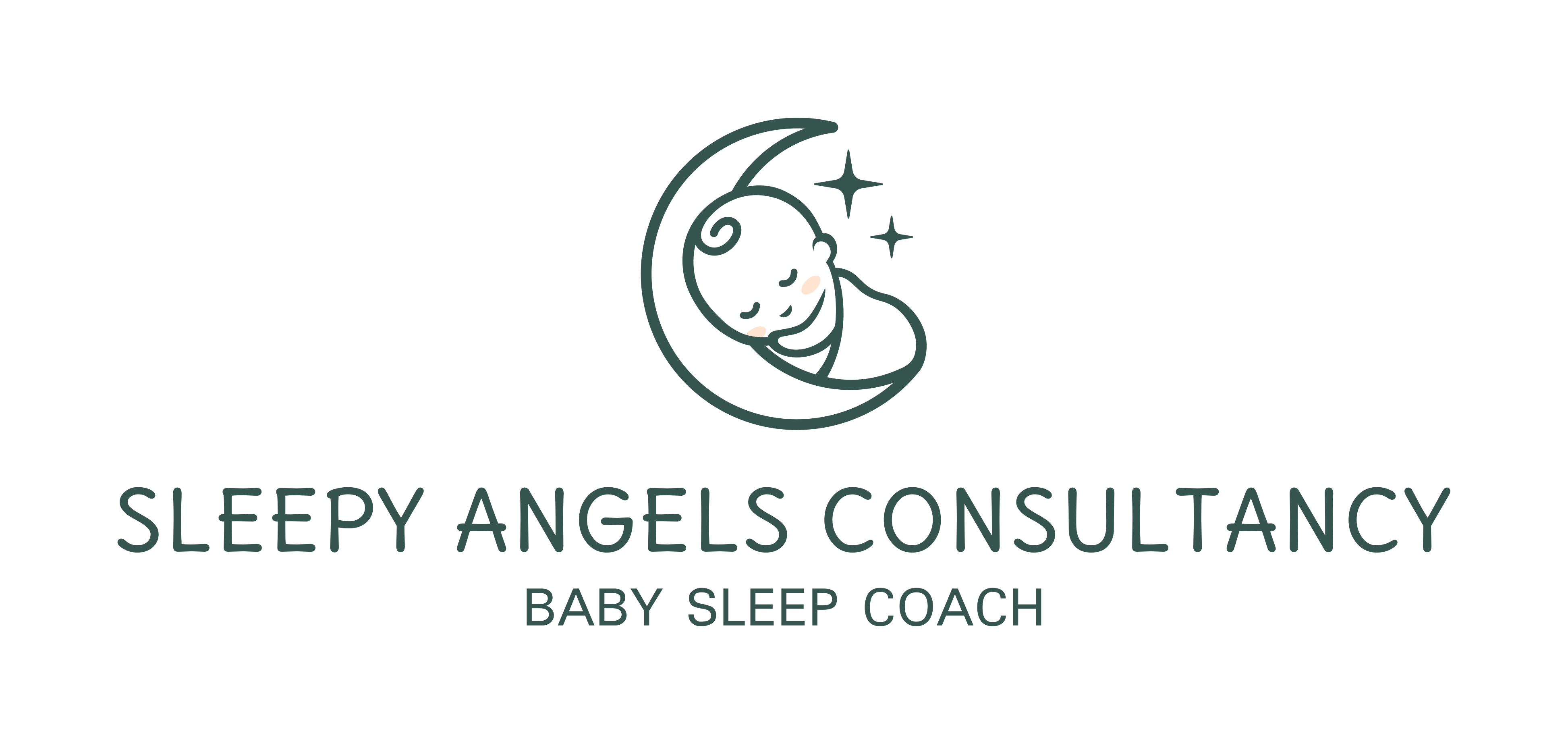
Foods That Help Baby Sleep, List of Sleep Inducing Foods, Meal Ideas, and Ideal Meal Times.
TABLE OF CONTENT:
FOODS THAT HELP BABY SLEEP!
Welcome to our blog! Are you up at night, desperately searching for ways to help your baby sleep through the night and wake up less frequently? Look no further! Today, we’re diving into the wonderful world of sleep-inducing foods for your little one. In this journey, we’ll uncover practical tips and delicious mealtime options aimed at ensuring uninterrupted sleep for your baby or toddler. So, join us as we explore FOODS THAT HELP BABY SLEEP.
Additionally, I’d like to introduce you to a fascinating study that explores the reciprocal relationship between sleep and diet. This study highlights how these behaviors may influence each other, discussing how insufficient sleep adversely impacts dietary intakes and how dietary patterns rich in fruits, vegetables, legumes, and tryptophan-containing foods predict favorable sleep outcomes. It emphasises the importance of adopting a healthful diet to improve sleep quality and promote sustained favorable dietary practices.
Foods That Help Baby Sleep – let’s dive in:
Generally speaking, look for foods that are high in melatonin which helps to control the body’s circadian rhythm, vitamin B6 which helps the brain produce melatonin, tryptophan and vitamin C which helps to produce serotonin and melatonin. Also foods rich in potassium and magnesium.
List Of Foods That Help Baby Sleep:
- Tart cherries and tart cherry juice
- Banana, Pineapple, Kiwi, Figs, Oranges
- Avocado, tomatoes
- Broccoli, carrots, sweetcorn
- Kale, spinach, lettuce
- Soybeans (edamame)
- Milk, Natural unsweetened yoghurt
- Eggs
- Poultry especially turkey
- Fatty fish
- Walnuts, pistachios and. cashews
- Oats, wheat and barley
- Rice, beans, lentils
- Sweet potatoes, butternut squash
Breastfeeding mums should steer clear of excessive stimulants in their diet, such as caffeine, artificial additives, and sugar, especially if they are focusing on incorporating foods to help their little one sleep. Similarly, consuming foods rich in the amino acid tryptophan can be beneficial for breastfeeding moms aiming to support their baby’s sleep.
So, what should a breastfeeding mum eat? Tryptophan is abundant in a variety of foods, including turkey, eggs, wheat, oats, soy products, bananas, and green leafy vegetables. All these foods contain tryptophan, which aids in the production of the hormone melatonin to regulate sleep.
Weaning And Foods That Help Baby Sleep Well.
As your baby begins to wean at about 6 months of age, you can introduce foods that help your little one to sleep. Aim for foods that are nutritious and easy to digest, and steer clear of stimulants such as caffeine and artificial additives. Many parents don’t realise that chocolate can contain caffeine, so it’s wise to limit your baby or toddler’s consumption of this sweet treat.
Foods that help baby sleep include those foods rich in tryptophan as listed above. You can get creative and introduce shredded turkey into soups and broths for your baby.
Scrambled eggs with small amounts of spinach wilted down make a great sleep-supporting dinner or opt for easy-to-bake simple oat-based cookies sweetened with mashed banana or opt oats and banana pancakes.
Or whizz up a simple smoothie from milk (baby milk), banana, oats and spinach.
In addition, consider slower burning carbohydrates as a smart choice so that nutrients are absorbed at a slower rate. Oats, sweet potatoes, rice and butternut squash all contain complex carbs. Foods rich in B-vitamins also support sleep.
Beans, lentils, broccoli, avocados, and bananas help your child to produce the calming and relaxing hormones of serotonin.
Leading children’s food expert, Annabel Karmel, has some fantastic sleep-supporting recipes that you and your baby can enjoy as part of a healthy diet.
The BBC Good Food website lists a range of healthy recipes that include many of the foods listed above, including meal ideas that are suited for baby-led weaning and toddlers.
“Aim to cook up a storm for you and your baby to make the most of the foods that help baby sleep better.”
A bedtime milk feed for babies and toddlers continues to be an important source of nutrition for your child. A small warm bottle of milk or a breastfeeding prior to sleep at night can have a soothing effect that helps the baby relax and sleep.
Sample Our Selection of Sleep-Inducing Recipes
What Is The Suggested Time To Eat Dinner
You’ll know yourself that trying to settle to sleep on a full stomach after a large meal is uncomfortable and unlikely to result in settled sleep. Your baby will benefit from well-timed meals too.
A large meal immediately before bed raises your baby’s metabolic rate and body temperature. This can make it harder to settle to sleep.
Aim that the evening meal for babies that are weaning is given around 1 ½ hours before bedtime. That leaves enough time for awake activity and bath time, and then a final milk feed which will all help with your baby’s sleep.
In Summary:
So, to help your baby sleep through the night, aim to build the following tips into your baby’s routine today:
-
Avoid foods that will ruin your child’s sleep. If you are breastfeeding, avoid caffeine and artificial additives.
-
Eat foods rich in tryptophan
-
Avoid giving babies that are weaning caffeine and artificial additives.
-
Remember, foods that help baby sleep should include foods rich in tryptophan, B-vitamins, and complex carbohydrates.
-
Allow time for your baby to digest their evening meal before bed.
-
A warm milk drink or breastfeeding immediately before bed can help your baby relax and sleep well.
If you’re ever unsure about what foods to introduce or have concerns about your baby’s sleep habits, don’t hesitate to consult with a pediatrician or a registered dietitian. They can provide personalised guidance based on your baby’s specific needs.






















